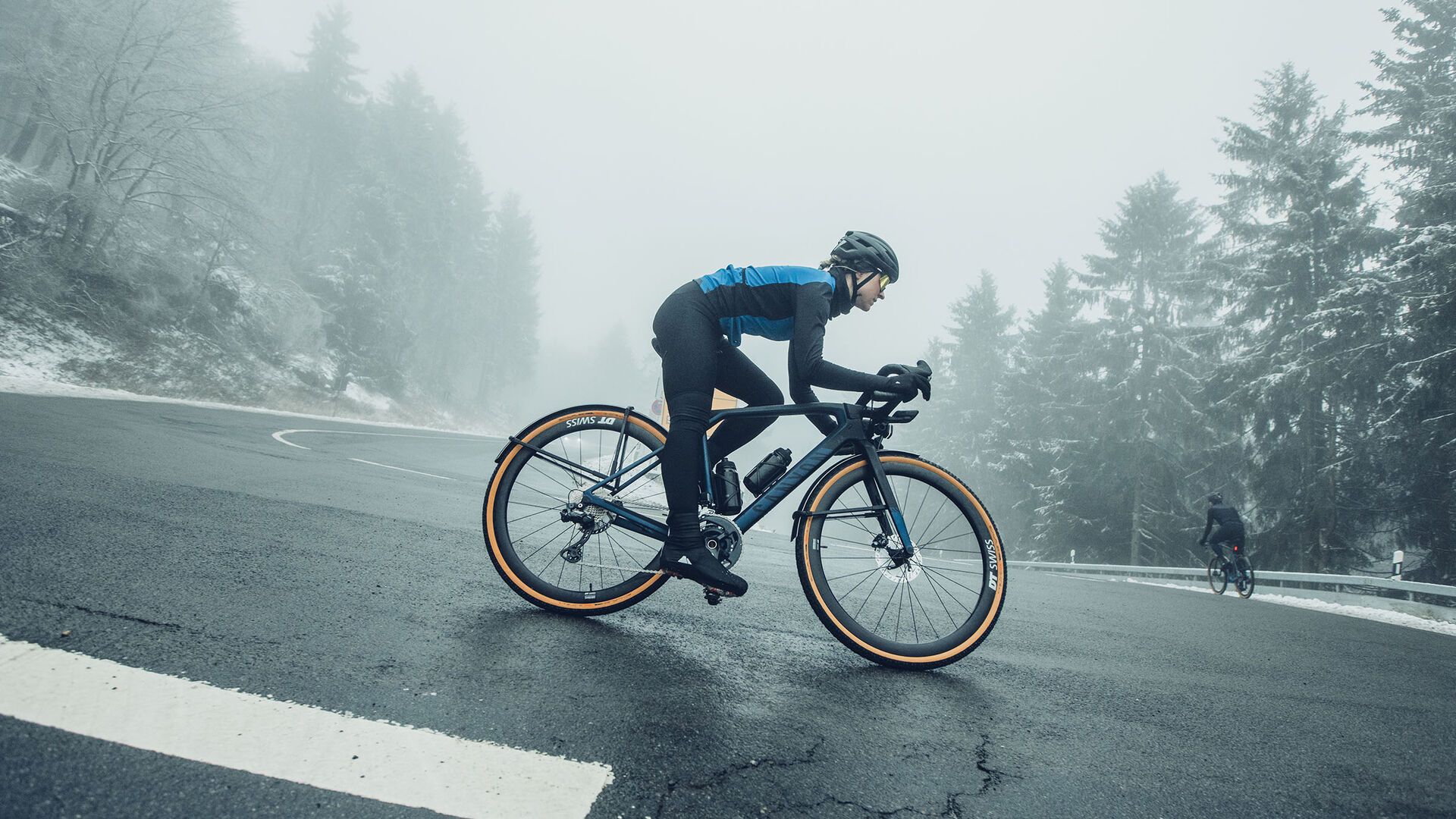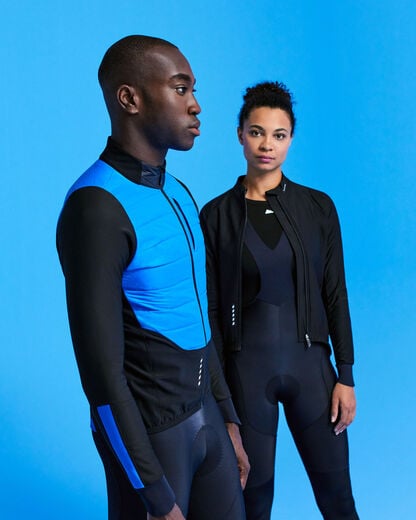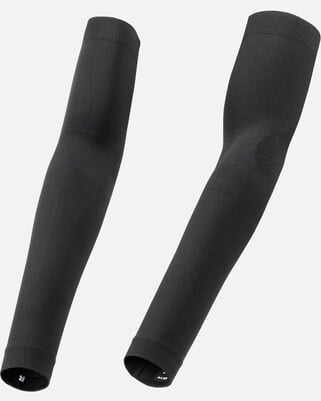

Best winter cycling clothes

Be ready for the colder months
Riding in the coldest months of the year can be a fantastic experience, as long as you’re comfortable on the bike. Our range of winter riding kit is specially designed to keep the rain out, warmth next to your skin and push moisture away from your body.
All products of category Winter Gear
-
-
Colour: black
-
Colour: Blue
-
Colour: Red
Additional 10% off with code "OUTLET10"87.95 US$Original price139.95 US$You save 52 US$ -
-
-
Colour: black
-
Colour: Blue
-
Colour: Red
Additional 10% off with code "OUTLET10"78.95 US$Original price119.95 US$You save 41 US$ -
-
58.95 US$
-
39.95 US$
-
19.95 US$
-
83.95 US$Original price
169.95 US$You save 86 US$ -
-
Colour: black
-
Colour: Blue
-
Colour: Bright Red
Additional 10% off with code "OUTLET10"73.95 US$Original price109.95 US$You save 36 US$ -
-
39.95 US$
-
9.95 US$Original price
19.95 US$You save 10 US$ -
-
Colour: black
-
Colour: Red
Additional 10% off with code "OUTLET10"56.95 US$Original price119.95 US$You save 63 US$ -
-
-
Colour: black
-
Colour: Blue
Additional 10% off with code "OUTLET10"129.95 US$Original price249.95 US$You save 120 US$ -
-
-
Colour: black
-
Colour: black/white
Additional 10% off with code "OUTLET10"53.95 US$Original price109.95 US$You save 56 US$ -
























